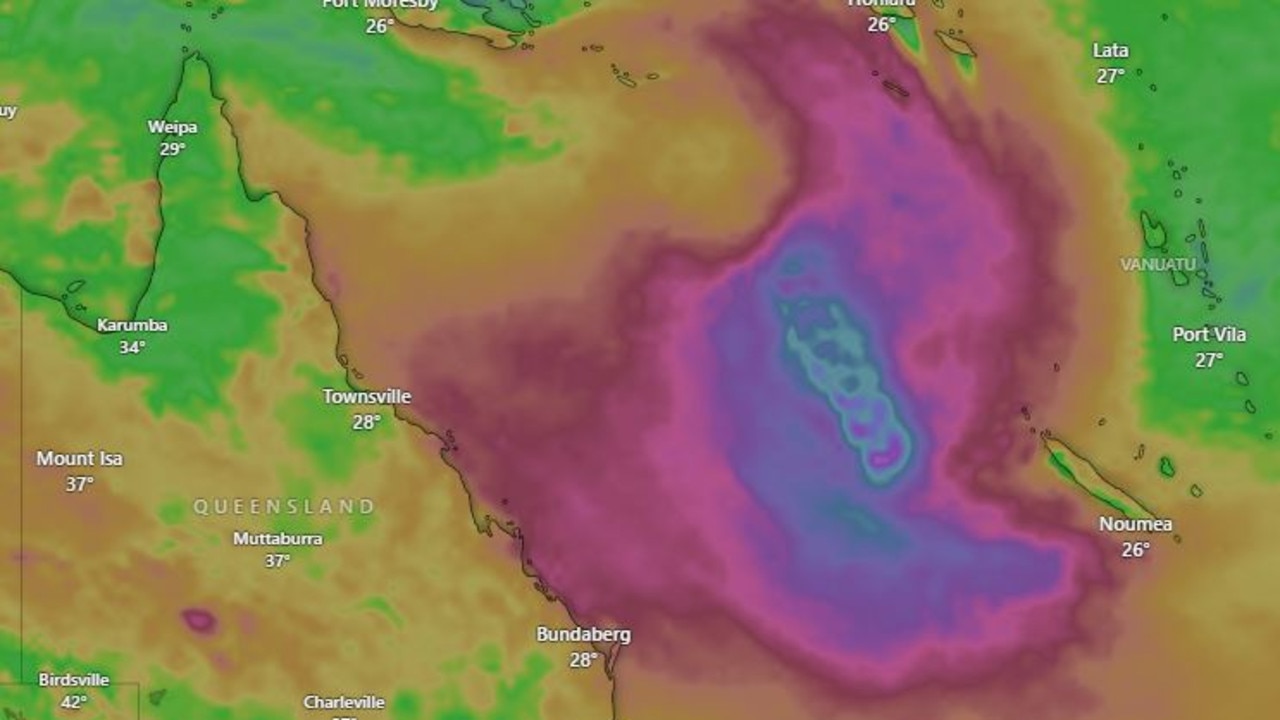Great Barrier Reef Marine Park expansion with 140 island arks, protected areas
A massive acquisition had added 140 island sites to the Great Barrier Reef Marine Park in hopes of protecting sea turtles and other endangered wildlife across the state.
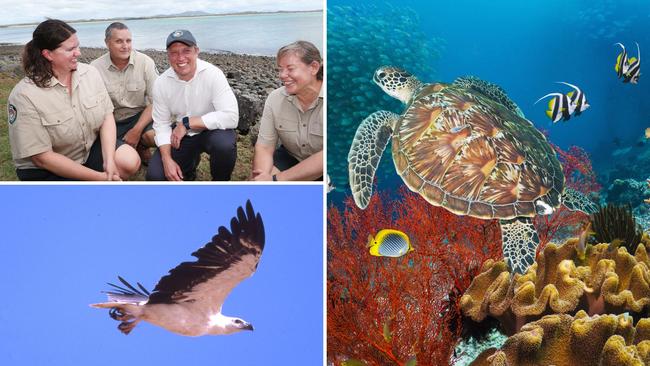
Mackay
Don't miss out on the headlines from Mackay. Followed categories will be added to My News.
The Great Barrier Reef Marine Park has officially grown by a combined total of 1390 hectares after Queensland Labour announced a massive acquisition to protect threatened marine flora and fauna.
Environment Minister Leanne Linard said it was “wonderful” to be in Mackay with Premier Steven Miles to reveal the 140 islands or parts of islands now given conservation protections.
Twenty national parks from Cairns to Bundaberg have all acquired areas or entire islands deemed to be of high environmental value, including nesting sites for green and flatback turtles as well as a range of seabirds.
“These islands are important nesting places, breeding places, feeding places for our much loved green and flatback turtles, for shorebirds or seabirds and, here in Mackay, the white-bellied sea eagles,” Ms Linard said.
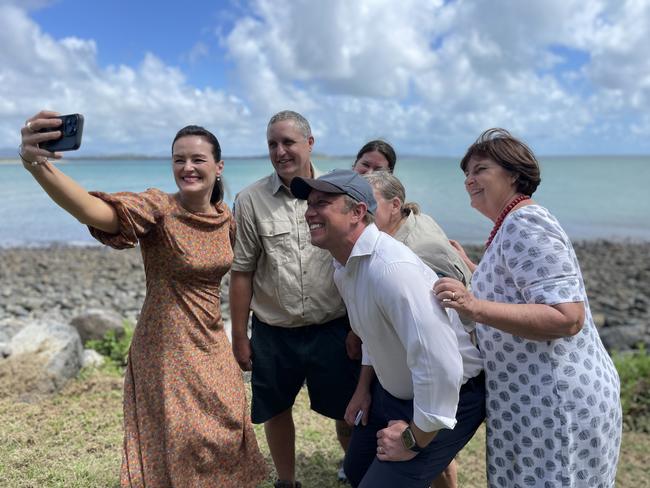
“We know Queensland is the most biodiverse state in this country (and) if you’re not protecting special places here, then where could you have a greater impact?”
The expansion comes as part of the Miles government’s $6m commitment to the Great Barrier Reef Island Arks project and $262.5m allocated to increase Queensland’s public protected area.
“People come from right around the world to see our incredible Great Barrier Reef and our government is determined to protect it,” Mr Miles said.
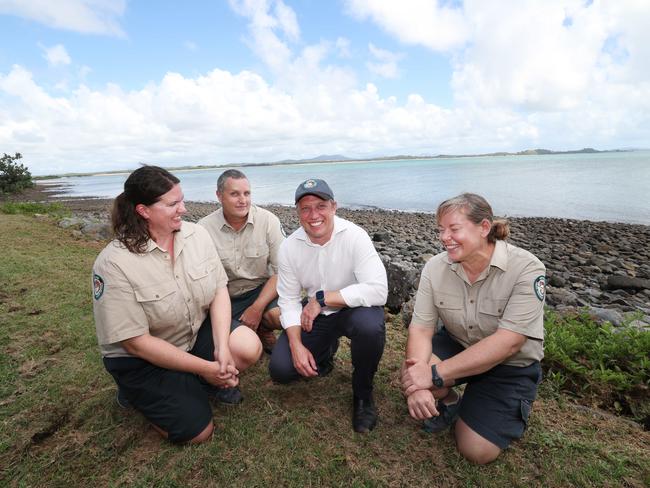
Ms Linard said 410,000ha acquired in the last few months were added to a nearly 15 million hectares “protected for generations to come”, which she noted was more than double the size of Tasmania.
Funding for the rehabilitation of certain islands has also been promised, with Ms Linard noting contractors were already “removing some dilapidated structures” on St Bees Island near Mackay.
Mackay MP Julieanne Gilbert said the expansion was “great for our region”, particularly praising the restoration of St Bees as a habitat, as “the natural beauty of our area is going to bring more and more visitors”.
“It’s building on our tourism which is so important to our community, so that when our boaties go out on fishing or doing day trips it gives them an opportunity to go on shore and have a look at the beautiful nature that is around us,” Ms Gilbert said.
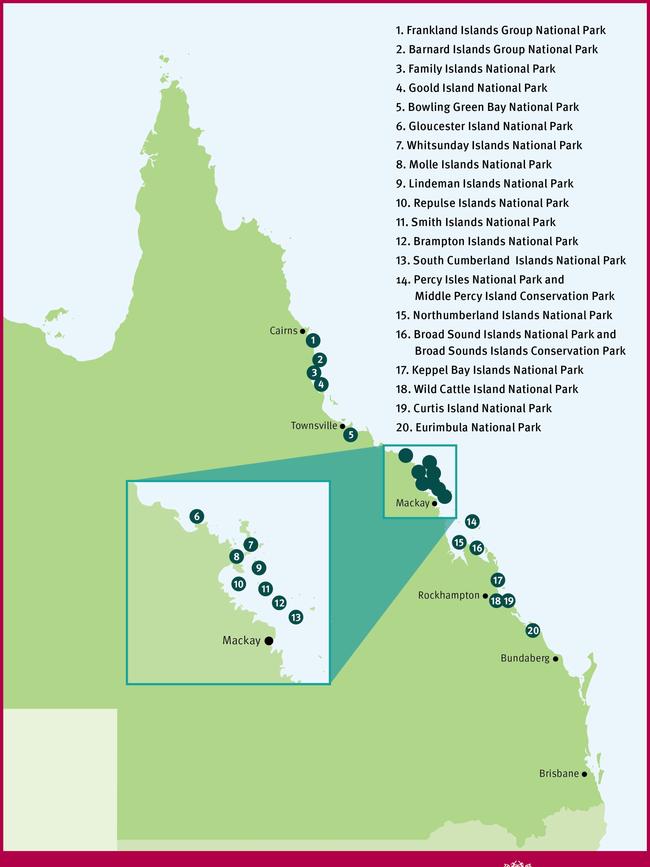
After the premier faced angry Eungella residents at a Pioneer Burdekin Pumped Hydro town hall, Ms Linard said she had spoken with Save Eungella campaigners during her trip to the region.
“My real role, in my view, is to listen to their concerns and hear their concerns, but I hope that they also are reassured that there will be a robust (environmental impact) process,” she said.



